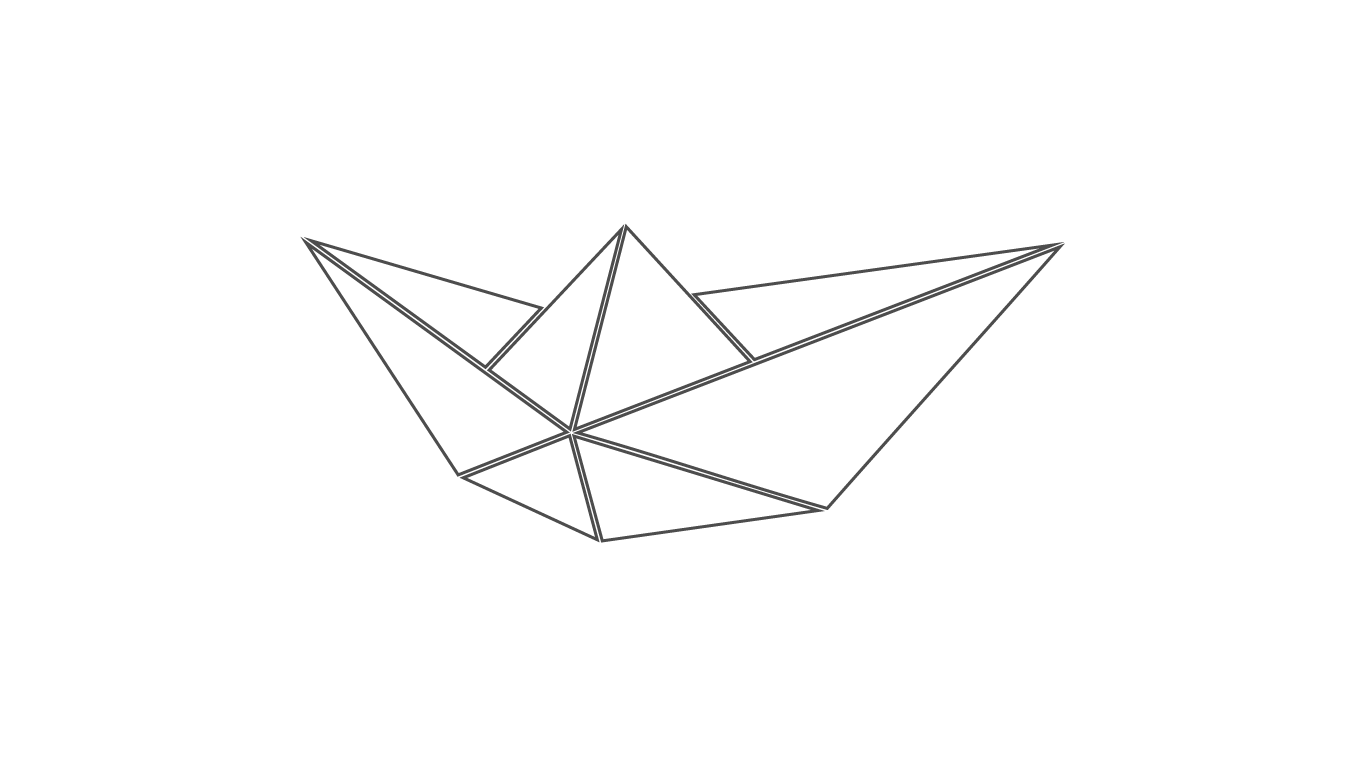Ich habe mir, angestachelt von einigen mir lieben Menschen, vor einiger Zeit vorgenommen, wieder deutlich mehr zu lesen. Im Wesentlichen meint das in diesem Fall Literatur, die nicht aus einem beruflichen Anlass heraus ergründet werden will.
Ganz beiläufig will ich dazu den sehr guten Substack »Magda liest. Und liest. Und liest.« von Magda Birkmann empfehlen.
Hier nun also die Liste der Bücher, die ich in diesem Jahr gelesen habe (»gelesen« bedeutet viel mehr »beendet«, weil ich die etwas unschöne Angewohnheit habe, viele Bücher parallel zu lesen und sie über Monate beiseite zu legen.)
Januar
- Sarah Raich (2021): Dieses makellose Blau. Geschichten. (Mikrotext)
- Karosh Taha (2018): Beschreibung einer Krabbenwanderung. (DuMont)
Februar
- Jovana Reisinger (2017): Still halten. (Verbrecher)
März
- Hanna Engelmeier (2021): Trost. Vier Übungen. (Matthes & Seitz)
- Rose Ausländer (1994): Regenwörter. Gedichte. (Reclam)
- Amanda Gorman (2021): Call Us What We Carry. Poems. (Viking)
April
- Erich Kästner (2013): Der Gang vor die Hunde. (Atrium)
Mai
/
Juni
- Erich Kästner (2013): Der Gang vor die Hunde. (Atrium)
Juli
- Sojourner Truth (2020): Ain’t I a woman? (Penguin)
August
- Jamaica Kincaid (2002): Mister Potter. (Kampa)
September
Oktober
- Sascha Friesike, Johanna Sprondel (2022): Träge Transformation. Welche Denkfehler den digitalen Wandel blockieren. (Reclam)
- Marie Luise Kaschnitz (1966): Beschreibung eines Dorfes. (Suhrkamp)
- Harry G. Frankfurt (2006): Bullshit. (Suhrkamp)
November
Dezember
Abschließend sei dazu noch Eines gesagt, nämlich:

